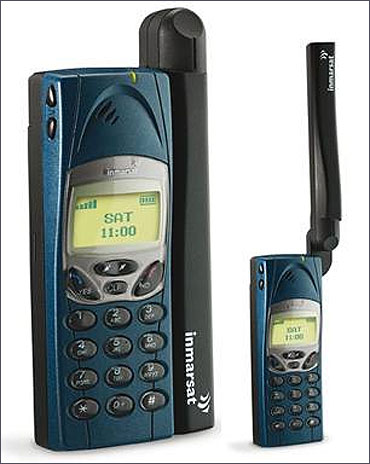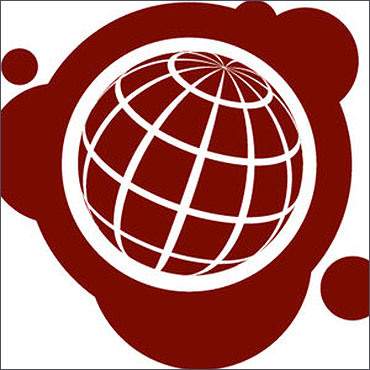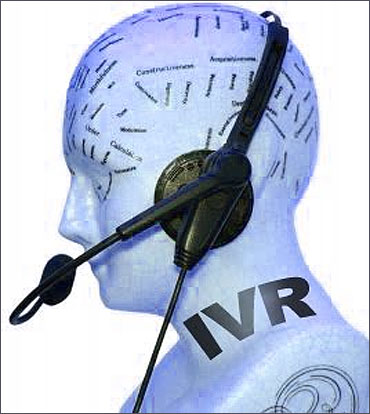Leslie D Monte in Mumbai
If technologies such as Global Positioning System, satellite phones and Google Earth can be used to coordinate terror attacks, concerned citizens can also collaborate through a variety of online tools to gather information and potentially save lives.
Consider this. When the serial blasts rocked Mumbai this month and phone lines went on the blink, some Indian techies and volunteers created spreadsheets, used Skype, Facebook, Twitter and other online tools, and created realtime online maps like 'Mumbai Unites' and 'The Standby Task Force' to filter the barrage of data on the Internet and guide both online and offline users regarding the blasts' status.
Click on NEXT for more...
Online succour during Mumbai blasts
New Delhi-based techie Nitin Sagar created a Google docs spreadsheet to include names and phone numbers, a couple of hours after the attacks.
He sifted through Twitter timelines, and filtered the numbers, which were re-tweeted (RT in Twitter language).
Ajay Kumar from Lucknow created Mumbai Unites - a collaborative Ushahidi map, created by volunteers to help citizens of Mumbai.
He was later joined by Anand Giridharadas and volunteers from various communities, including the Standby Task Force, who were not only from India but also from the UK, Germany, Kenya, Canada, New Zealand, Uganda and Italy.
The volunteers collaborated using Skype and the Google Docs spreadsheet. Data was collected from Twitter, Facebook, Wikipedia and other searches.
Click on NEXT for more...
Online succour during Mumbai blasts
Image: Logo of Ushahidi.Ushahidi ('testimony' in Swahili) is a non-profit tech company that develops free and open source software for information collection, visualisation and interactive mapping.
The website was initially developed to map reports of violence in Kenya after the post-election fallout at the beginning of 2008.
The NGO now has volunteer developers - primarily in Africa, but also Europe, South America and the US.
The service was also used during the earthquakes in Haiti and Chile in 2010.
Click on NEXT for more...
Online succour during Mumbai blasts
What they did
Based on hashtags such as #here2help, #needhelp and #MumbaiBlasts, Kumar flagged the map of Mumbai, indicating where people were stranded, or where they could seek shelter.
"We do not know how many people benefited from our efforts but I thought of using this technology when the phone lines were jammed and people were struggling to find helpful information," says Kumar.
During crises, users retweet (RT) without cross-checking facts, he points out. Besides, they also retweet the same information over and over again, so there are many duplicates.
"Users don't look at time stamps. It's important when retweeting news," notes Kumar.
Kumar, with the help of Giridharadas and some volunteers from around the world "rendered around 10,000 tweets".
"It's not easy to do so. We were finally left with around 150 meaningful reports," notes Kumar, adding: "Human moderation is a must. Someone has to filter the tweets." To collaborate, the volunteers primarily used Skype.
Click on NEXT for more...
Online succour during Mumbai blasts
Alternatives
But what if a user is not internet-savvy? Kumar, who also works for an NGO, says that since he works extensively with rural folk who do not use SMS or read and write, he has experimented with landlines.
"Citizens can simply call on a number (displayed on sites and spread by word of mouth) and leave a message (interactive voice response or IVR). We have created a platform to collect and filter thse messages, and publish these instantly on the Internet as audio files," says Kumar.
There are other technologies, too, that can help citizens.
After the blasts, Maharashtra chief minister Prithviraj Chavan said the state home department would purchase HAM radios for emergency communications.
Click on NEXT for more...
Online succour during Mumbai blasts
Image: Amateur radio.Amateur radio or HAM is the use of designated radio bands. There are an estimated 16,000 HAM users in India.
The Mumbai Amateur Radio Society, for instance, is an amateur radio club based in Mumbai.
It currently has a little over 200 members. The club undertakes several social activities such as providing communication support during the Ganpati Visarjan, setting up of quick response teams for communications during emergencies, and monitoring flood situations during the monsoons.
The organisation was mobilised during the 2006 Mumbai train bombings, 2005 Maharashtra floods, 2004 Indian Ocean earthquake and the 2001 Gujarat earthquake to provide the necessary communication links after established modes of communication were severed.








article